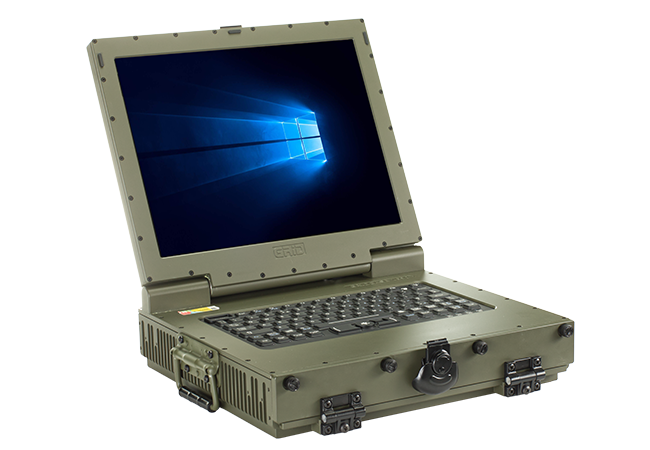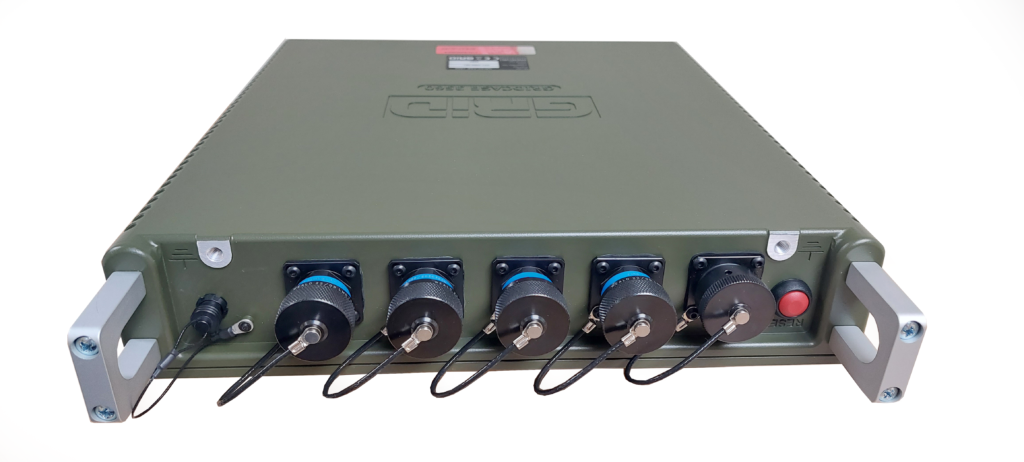The long-term nature of defence programmes – sometimes lasting decades – means that a piece of equipment will almost certainly go through a mid-life upgrade (MLU) during its time in service. An MLU should be low-risk, but can often be complex and if not done properly can impact the capability of frontline forces. In this blog, we look at how GRiD looks to simplify the MLU process and save time and money for customers with its innovative solutions.
Defence departments and ministries have a unique challenge when procuring equipment. Not only does the technology have to meet the current requirements of the armed forces, but it must be able to operate in service for many years and address future threats as they emerge.
With millions, sometimes billions, invested in equipment and procurement cycles lasting years, defence departments cannot simply replace equipment every few years as this would come at a huge cost for the taxpayer. Therefore, most equipment will have to go through a mid-life upgrade to ensure that it is still fit for purpose and is able to perform its functions in an ever-changing battlespace and technology landscape.

What is a mid-life upgrade?
A mid-life upgrade – normally shortened to MLU – ensures that a piece of defence equipment remains operationally relevant, typically through capability enhancements and/or obsolescence management.
Equipment that has gone through the MLU process – also called a technology refresh – will not only be more capable but also more reliable and thus have higher availability to frontline forces, with positive impacts on overall force readiness. Computer hardware and software are normally two key areas for upgrade on any platform, particularly as data generation from various onboard sensors increases, as does the need for more processing power to deal with this data glut.
For defence planners, an MLU should (in theory, at least) be a low-cost and low-risk option when compared with buying a brand-new capability. This is usually because the investment costs associated with introducing new equipment, such as certifications/qualifications, training, infrastructure and support costs, are not necessary as that investment has already been made.

Why does equipment need upgrading?
With technology advancing so rapidly, MLUs are now more important than ever.
“Technology proliferation means that platforms will need the ability to adapt rapidly to both traditional and asymmetric threats,” noted the UK Ministry of Defence’s Defence Technology Framework (DTF) document.
Project managers should begin to plan MLUs and tech refreshes from the beginning, recognising that components and software will become obsolete at a certain period and that replacements should be sought. The better that obsolescence is managed, the more likely it is that frontline forces will not see a negative impact on capability and availability.
From an electronics perspective, there may no longer be spares available for a system, which means it is no longer supportable, or an operating system is no longer supported by the manufacturer. There may also be requirements to change the software on the platform to accommodate new hardware being installed, or vice versa.
Read more: How to manage electronics obsolescence in military equipment
Obsolescence management is normally the driving force behind MLUs, but they also present a great opportunity to enhance the capabilities of a platform. This is normally through the introduction of a new package of enhanced capabilities, such as sensors, effectors or onboard computing, which will ensure the platform is still relevant for the frontline.
GRiD’s answer to rapid technology insertion
According to the MoD’s DTF document:
“Improved system modularity will enable more rapid technology insertion and the potential for more affordable through-life support. These enhancements will allow more straightforward integration of new equipment and weapons as and when they become available.”
At GRiD, we fully support the need for rapid technology insertion, particularly as part of MLUs, and our rugged computers offer full modularity and configurability to minimise the cost and time risks associated with upgrading complex systems.
GRiD’s proven ‘box-on, box-off’ concept is just one example of how it has been able to leverage a modular system approach to save the customer time and money while providing enhanced capabilities. ‘Box-on, box-off’ allows the customer to upgrade its computers, but still use the platform’s legacy computing infrastructure such as connectors, interfaces and cabling, as well as workstations and racks.
Read more: Box-on, Box-off: GRiD’s cost-effective solution to vehicle computer upgrades
This concept, pioneered by GRiD’s UK-based engineers and leveraging our experience as a British-based rugged computer OEM, significantly reduces risk and complexity, and as a result, the costs associated with MLUs. Customers do not have to rewire vehicles that would require new safety cases, or change the design of computer mounting solution or racks, which are both huge cost savers in themselves.
This also means that the speed at which these upgrades will be able to take place will also be significantly quicker, allowing troops to keep pace with new threats on the battlefield.
Conclusion
GRiD is a platform upgrade specialist and our expert team can provide unique solutions to your MLU requirements and challenges. Upgrading platforms and managing obsolescence requires a long-term approach, and GRiD is a long-term, trusted partner for many customers, providing a proactive engineering methodology that reduces risk and cost, and improves overall capability.
GRiD’s ‘box-on, box-off’ concept has been proven on platform MLUs and we continue to work alongside customers to ease their challenges and provide rugged computing solutions that will address the needs of defence users for many years to come.
Please get in touch on +44 (0)1628 810 230 or drop an email to sales@griduk.com.

